The difference between 3500/22M 138607-01 and 3500/22M 288055-01 Bently nevada 3500/22M Transient Data InterfaceModule The Bently Nevada 3500/22M Transient Data Interface Module is part of the 3500 series designed for monitoring and protecting rotating machinery. Here’s a detailed overview of the module: Overview Purpose: The 3500/22M Transient Data Interface Module is used to interface with transient data acquisition systems. It is primarily used in conjunction with Bently Nevada's Machinery Protection Systems to capture and analyze transient data for improved machinery diagnostics and condition monitoring. Functionality: It facilitates the collection and transfer of transient data, which includes short-term variations and disturbances in machine operation that can be crucial for predictive maintenance and fault detection. Features Data Acquisition: Captures high-resolution transient data from various sensors and measurement systems. Compatibility: Integrates seamlessly with other modules in the 3500 series and supports communication with external systems for data transfer and analysis. Data Transfer: Provides interfaces for both analog and digital data transfer, enabling flexible integration with different types of machinery monitoring setups. Signal Processing: Equipped with advanced signal processing capabilities to ensure accurate data capture and analysis. Technical Specifications Data Channels: Typically supports multiple data channels for simultaneous monitoring of different parameters. Input Types: Compatible with various types of inputs, including voltage, current, and digital signals. Communication Protocols: Uses standard communication protocols for integration with control systems and data analysis tools. Operating Environment: Designed to operate in harsh industrial environments with high reliability and accuracy. Applications Machinery Protection: Used in systems that require precise monitoring of transient events for machinery protection and maintenance. Predictive Maintenance: Helps in identifying potential issues before they lead to failures by analyzing transient data. Diagnostics: Useful for detailed diagnostics and troubleshooting by providing insights into transient behavior of machinery. Integration System Integration: Can be integrated with other Bently Nevada modules and systems, providing a comprehensive machinery monitoring and protection solution. Software Compatibility: Compatible with Bently Nevada's software tools for data analysis and system configuration. I/O Module Signal Common Terminal Both versions of the TDI I/O Module now includea 2-pin connector for connecting SignalCommon to a single point Instrument Groundfor the rack. When this is done, the selectorswitch on the side of the Power Input Module(PIM) must be slid in the direction of the arrowmarked "HP" to isolate Signal Common fromchassis (safety) ground. Spares 288055-01 Standard Transient DataInterface Module with USB cable 123M4610 * 10 foot A to B USB ...
Read More
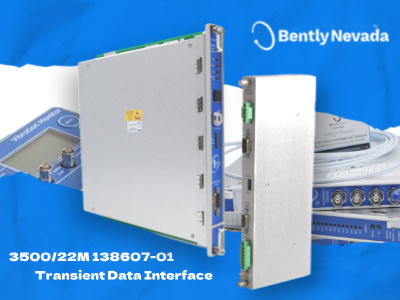
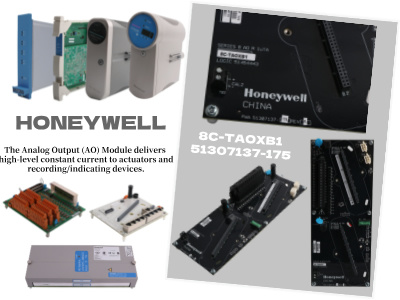
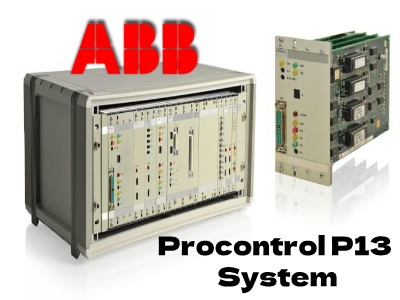

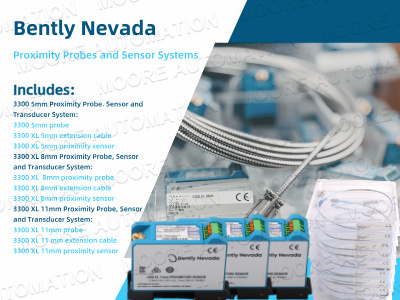
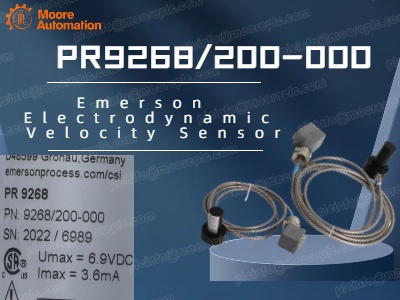
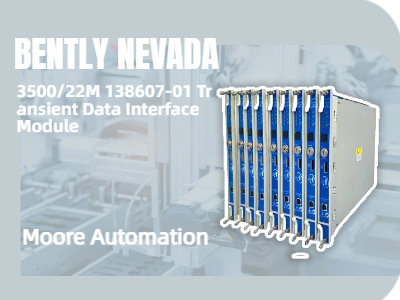
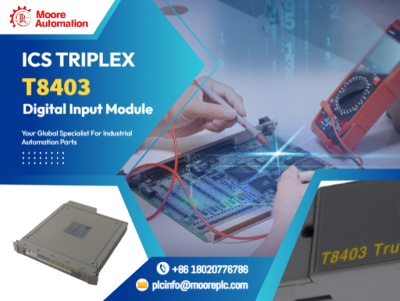

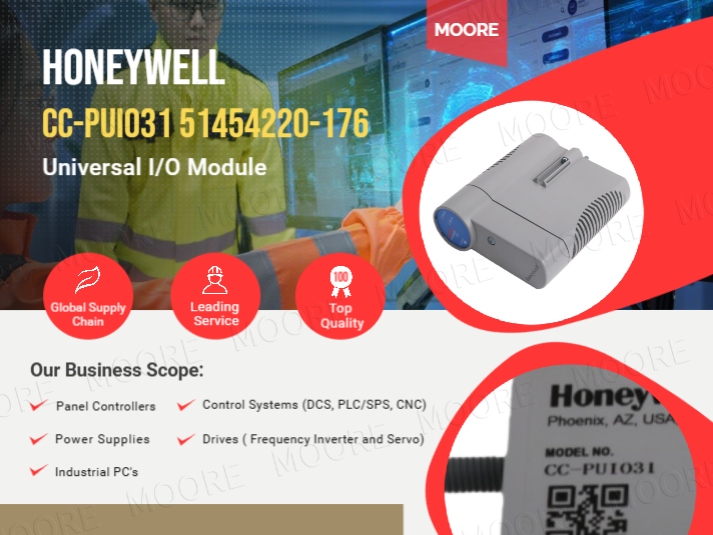
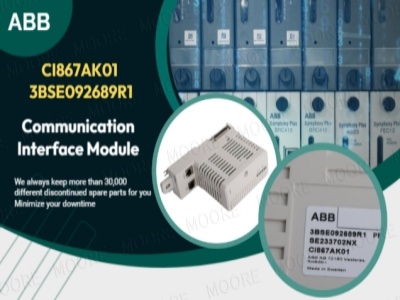












 IPv6 network supported
IPv6 network supported